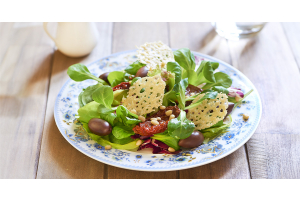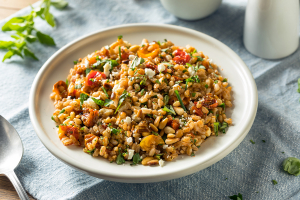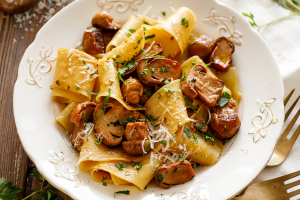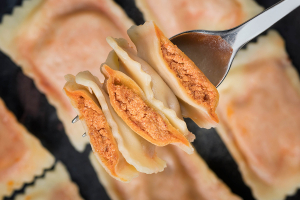Calabrian rice, one of the best in Italy
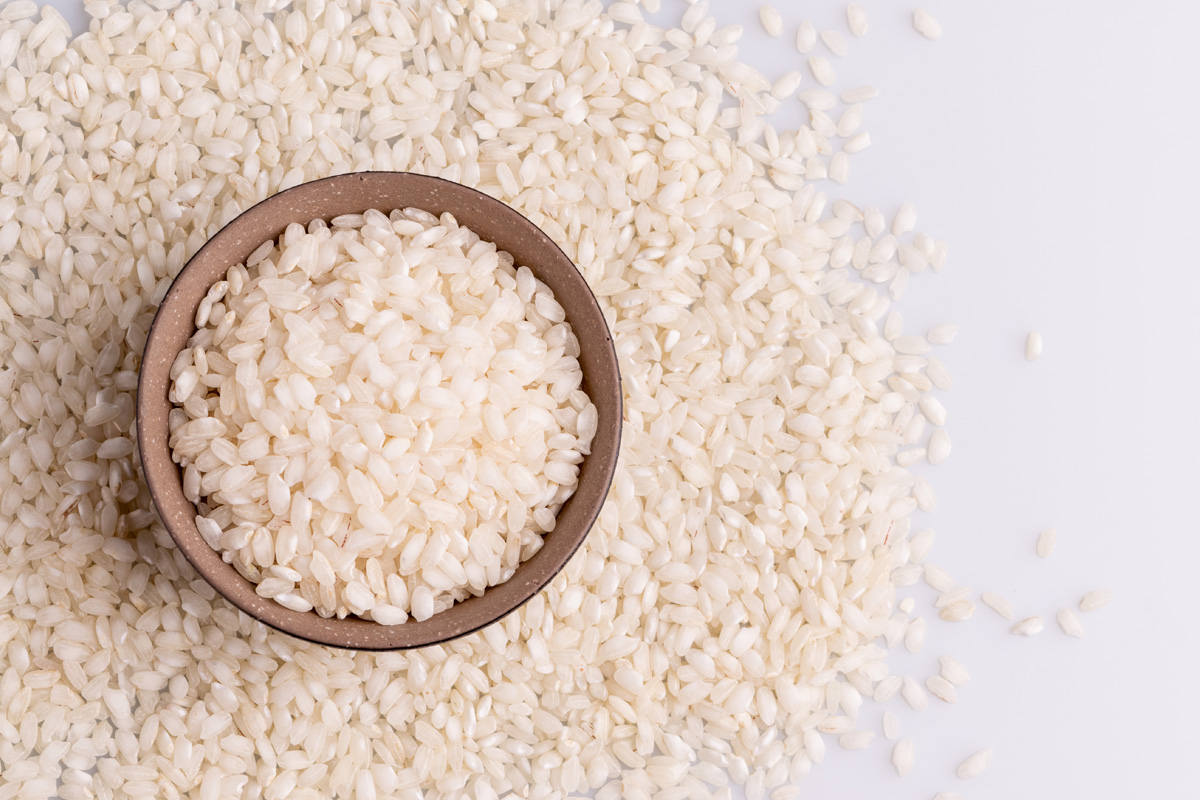
Among the many products of our land of Calabria, for some years now rice has also been making its appearance, in this case that of Sibari, a reference point for many national producers, unique in its kind for its organoleptic properties, conferred above all by an ideal microclimate favoured by the proximity of the sea and the salty land.
The history of rice from Calabria
It seems that rice appeared in Calabria as early as 250 A.D. thanks to the Arabs who first introduced it to Sicily and then tried to grow it - without much success - in Calabria too. It was in the 1950s that rice cultivation began to take hold in the Sibari plain, with far-sighted growers experimenting with crops that could fully exploit the characteristics of the place. Carnaroli rice began to be grown and sold as paddy or rough rice to rice mills in the north. From the 1980s onwards, the story changed and rice from the plain began to be a leading product with the establishment of the first factories capable of processing and packaging it.
Today, more than 500 hectares of land on the Sibari plain are used to grow different types of rice, from Carnaroli, a long-grain variety selected for its organoleptic qualities and resistance to cooking, to Arborio, widely used in the preparation of risottos, as well as wholemeal rice, and aromatic varieties capable of releasing intense and refined aromas such as Basmati.
Calabrian rice, increasingly used in haute cuisine
Calabrian rice from Sibari, increasingly present on Italian tables, is making inroads all over the world, with chefs using it more and more often in the preparation of their haute cuisine dishes; the light and unobtrusive husking allows this rice to maintain a strong and savoury taste. In addition, the low production allows companies to market rice without preservatives, often grown and processed in a completely artisanal way.

